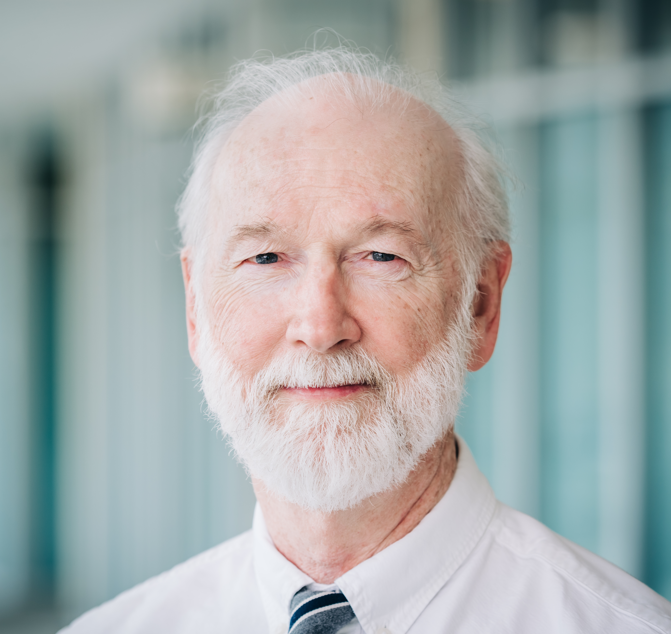
Casey Weaver, M.D., is not an easy man to track down for an interview. Mired in his work, he is often in the lab, or writing- grant applications, journal articles, textbooks. Weaver is a renal pathologist, but not many people know him for that work. Most are familiar with Weaver for his work in immunology- as one of the world's leading experts in that field.
This spring, Weaver was elected to the National Academy of Sciences- one of only three UAB faculty to ever earn this distinction, and the second immunologist. Weaver is modest about his successes, and credits his team of dedicated colleagues and mentees.
“Science is a team sport, and this honor is a tribute to the incredible people I’ve had the good fortune to work with at UAB — especially the trainees,” Weaver says. “I’m also pleased that the work this acknowledges was done at UAB over the last 30 years. It’s truly homegrown.”
At the Very Beginning
Three decades ago, Weaver came to UAB from Washington University in St. Louis, where he received immunology training during his residency in pathology. He runs a lab with about 20 researchers at any given time—many of whom stay with him for years—and has mentored many predoctoral and postdoctoral trainees. He has maintained continuous funding from the NIH, as well as other funding agencies over this time.
Weaver is passionate about scientific research. He can be humble, but when engaged about his work, he is a fountain of information, ebullient with excitement about the latest discovery he and his team have made.
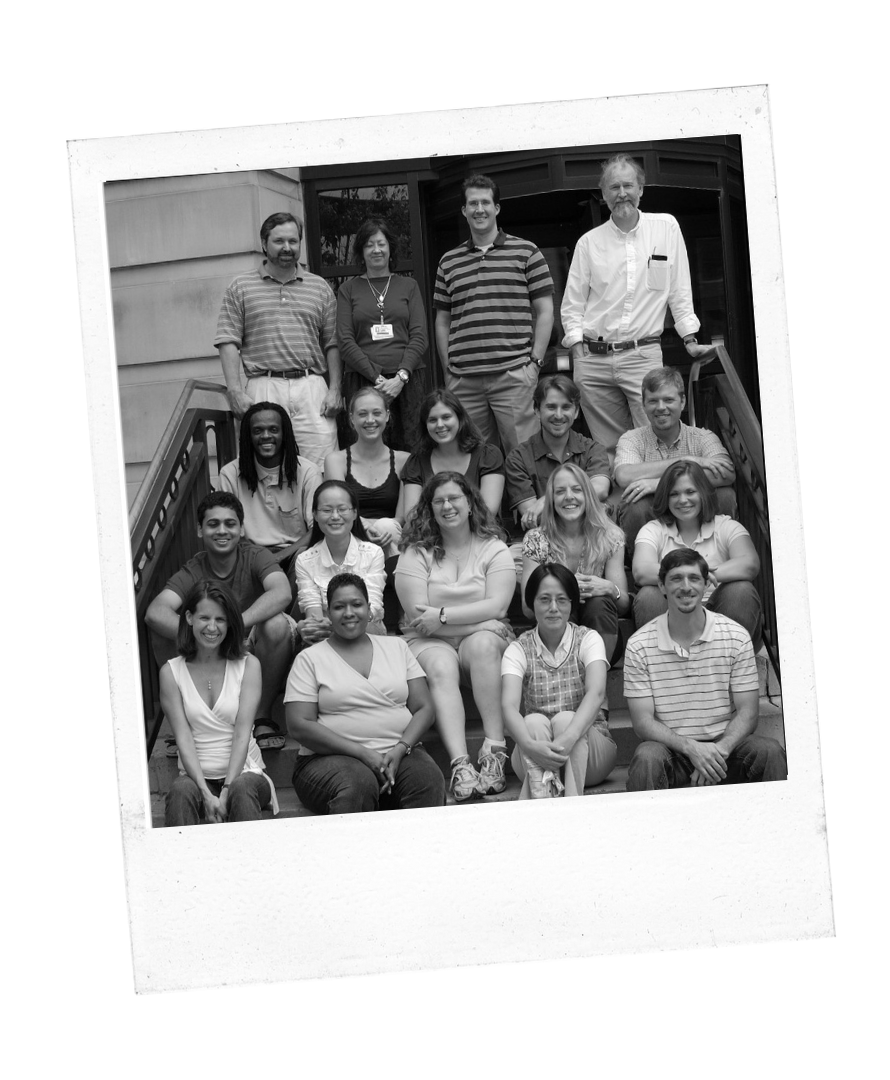 Weaver lab circa 2007“I did not come from an academic or scientific background, but all the way through school, I liked science,” Weaver recalls. He credits a “really good biology teacher” in high school for sparking his interest.
Weaver lab circa 2007“I did not come from an academic or scientific background, but all the way through school, I liked science,” Weaver recalls. He credits a “really good biology teacher” in high school for sparking his interest.
A native of Florida, Weaver went to undergraduate and medical school at the University of Florida. He cannot tell the story of how he got where he is now without including his wife, Cynthia, who was a junior in college majoring in piano performance when they met. Weaver finished his undergraduate degree in biochemistry and followed her to UNC Chapel Hill where she studied piano in graduate school while he worked as a technician in a research lab at UNC. The couple agreed they both wanted a family, but Weaver realized that living off the NIH stipend at that time for postdocs—$11,000 a year—wasn’t going to be enough to support them, he recalls.
“I thought, ‘Maybe I’ll go to medical school and do science on the back end,” he says.
The couple married, and Casey returned to Florida to start medical school.
“He’s a scientist, I’m a musician. He loves music, and I like science, so it worked out,” says Cynthia.
During that time, he developed an immunologic disease, ankylosing spondylitis, which is a rare type of arthritis that can lead to fusion of the spine. At the same time, he was taking an immunology course he loved, and which would set the course for his career.
“The immune system attracted me because unlike other complex networks in the body, you can take immune cells out and study them—they are easily accessible,” he says.
Weaver decided to pursue pathology as a specialty because he thought he would be able to complete residency training while also studying immunology. He attended Washington University in St. Louis, Missouri, as a resident from 1984 to 1988, and at the same time worked in the lab of the department’s new chair, Emil Unanue, M.D., who had recently come from Harvard University. Unanue’s lab was where Weaver got his training and full exposure to immunology.
“I was lucky to get into one of the country’s best immunology labs at that time,” he says. At home, Weaver and his wife were having children, “and we had no money. It was a challenging but fun time. We have been inseparable ever since.”
Weaver then worked in the lab of young investigator Matthew Thomas, M.D., for two years as a postdoc and instructor, “so I could survive financially.” There, he received molecular biology training. He credits that time as pivotal to his career.
“I think when you’re young, you’re most open to learning,” he says. “The hard thing about science is for people not to get hemmed in. Because of the additional training in the Thomas lab, I developed skills that enabled me to go in any direction I wanted.”
Weaver joined the faculty as an assistant professor at Wash U’s Departments of Pathology and Medicine for two years, until 1992, when a division director from pathology who had made the move to UAB, Jay McDonald, M.D., former chair of UAB Pathology, recruited Weaver into the department he was running at UAB.
Weaver, who worked his way from assistant to full professor in nine years, was named the Wyatt and Susan Haskell Endowed Professor of Medical Excellence in 2007. In 2021, the endowment was elevated to a chair.
Mentors + T-Cells
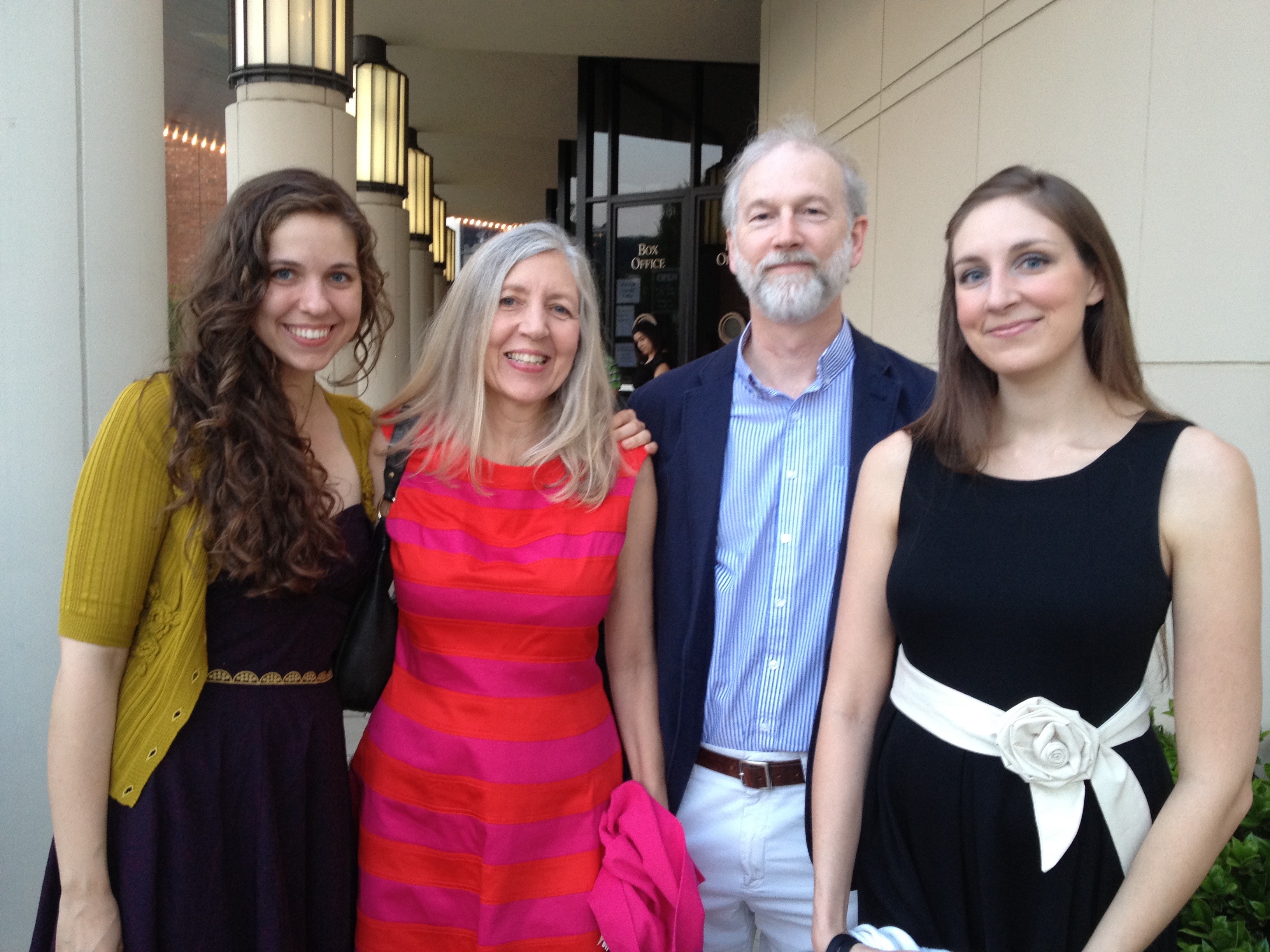 Dr. Weaver and his wife, Cynthia, and two of his three daughters- Christina (left) and Sarah (right)Mentoring is one facet of a scientific career that Weaver believes strongly in and has practiced throughout his own. He credits his mentor, Dr. Unanue, Paul and Ellen Lacy Professor of Pathology and Immunology at Wash U., with teaching him how antigen processing works. Unanue had, Weaver says, “made the unintuitive discovery of how T-cells come to recognize fragments of antigens;” how antigens get taken inside specialized cells, broken into pieces and displayed on major histocompatibility complex (MHC) molecules on the cell surface. Weaver says he considers himself fortunate to have been involved from the early phases of this research.
Dr. Weaver and his wife, Cynthia, and two of his three daughters- Christina (left) and Sarah (right)Mentoring is one facet of a scientific career that Weaver believes strongly in and has practiced throughout his own. He credits his mentor, Dr. Unanue, Paul and Ellen Lacy Professor of Pathology and Immunology at Wash U., with teaching him how antigen processing works. Unanue had, Weaver says, “made the unintuitive discovery of how T-cells come to recognize fragments of antigens;” how antigens get taken inside specialized cells, broken into pieces and displayed on major histocompatibility complex (MHC) molecules on the cell surface. Weaver says he considers himself fortunate to have been involved from the early phases of this research.
“T cells have to see their target on the surface of another cell—they’re personal, intimate, and don’t do things at a distance,” Weaver explains. “I got very interested in how a T cell gets activated to do its job.”
Weaver chose to study CD4 T cells, “the generals of the immune system.” CD4 is a glycoprotein that serves as a co-receptor for the T-cell receptor, found on the surface of T helper (TH) cells. He started looking at how CD4 T cells become activated and work through various steps to ultimately regulate an immune response.
Research into CD4 T cells was being conducted in labs around the country at that time, and at an annual meeting of the American Association of Immunologists, Weaver shared in discussions about the latest findings in this area. One such conversation was with Marc Jenkins, Ph.D., Regents and Distinguished McKnight University Professor, Department of Microbiology and Immunology, University of Minnesota.
“All of his T cell clones were making a cytokine called interferon gamma, while all of mine were making a cytokine, interleukin-4 (IL-4), which would become the signature of T helper 2
(TH2) cells,” Weaver recalls. “Why were they so disparate? We came to learn that CD4 T cells come in two major types, which regulated very different immune responses.”
But how these two subtypes came about was unclear.
A colleague of Weaver’s who was in residency with him at Wash U., Kenneth Murphy, M.D., Ph.D., created a transgenic mouse with all T cells programmed to recognize only one antigen. This new model led to a transformation in the way the field viewed the development and function of CD4 T cells, establishing that TH1 and TH2 cells could arise from the same starting population. But these studies ultimately led to further questions—and some revealing failures.
“I think failing is a valuable way to learn,” Weaver says. “People who do science fail most of the time, and you have to get used to that. New insights often come from trying to understand results of experiments that don't turn out as anticipated.”
Breakthrough
Fast forward to Weaver in his lab at UAB, working with then-postdoc (now professor) Laurie Harrington, Ph.D., Department of Cell, Developmental and Integrative Biology, to test the hypothesis that CD4 T cells that made a newly identified cytokine, IL-17, might develop from TH1 cells exposed to another newly identified cytokine, IL-23, as they were developing.
“It never worked,” Weaver recalls.
However, the team learned from the failure of these studies that the inverse of the original hypothesis was true: that TH1s were inhibiting the T cells making IL-17. Harrington and Weaver identified these IL-17 producers as a new type of T helper cell, which they called TH17 cells, and published a paper on their findings in Nature Immunology. It has since been selected as one of the top 100 articles in the field of immunology in the last 20 years by Thomas Reuters.
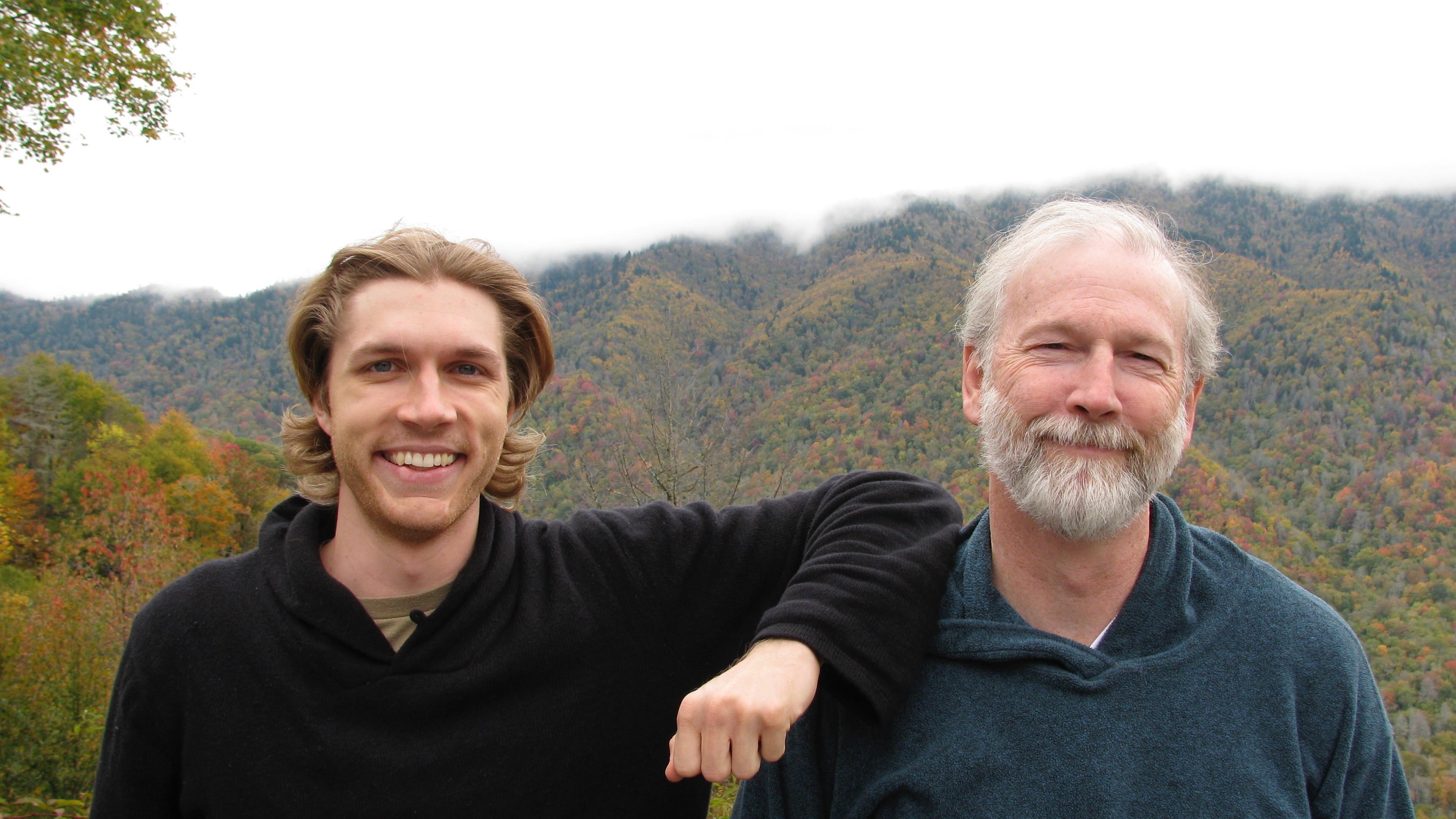 Dr. Weaver and his son, BenWeaver and his lab went on to study TH17 cells in greater detail. These cells have now emerged as major participants in many types of autoimmune disease that arise when the immune system becomes dysregulated and causes injury instead of fighting infection. One of the first of these diseases successfully treated—by blocking the IL-17 pathway—was ankylosing spondylitis, so, “I’m self-serving, curing myself,” Weaver jokes.
Dr. Weaver and his son, BenWeaver and his lab went on to study TH17 cells in greater detail. These cells have now emerged as major participants in many types of autoimmune disease that arise when the immune system becomes dysregulated and causes injury instead of fighting infection. One of the first of these diseases successfully treated—by blocking the IL-17 pathway—was ankylosing spondylitis, so, “I’m self-serving, curing myself,” Weaver jokes.
Current Research
Weaver is currently funded through five major grants, including three R01s and a U01 grant from the National Institute of Health’s National Institutes of Allergy and Infectious Diseases (NIAID), examining mucosal immune regulation, and T-cell function in intestinal microenvironments. The fifth is an R01 Developmental Grant from the UAB O’Neal Comprehensive Cancer Center studying IL-22 in colitis-associated colorectal cancer.
Some members of Weaver’s current team of collaborators at UAB have worked with him for most of their careers. Robin Hatton, Ph.D., Associate Professor, Division of Molecular and Cellular Pathology, worked under NAS member and former UAB professor Max Cooper, M.D., when he was still at UAB, to complete her doctorate degree. She subsequently started work in Weaver’s lab by chance, and gives him partial credit for her ongoing love of research.
“He has made some of the seminal observations in our field—it’s not at all an exaggeration to say that,” Hatton says of Weaver. “He cares about his people, and as a mentor he spreads the credit around. He also has such a fire for creativity, and does a really great job of persuading, unifying, solidifying, and making cogent thoughts.”
“He only does groundbreaking science,” she says. “And there aren’t many of us you can say that about.”
Hatton attests to the claim that once Weaver gets started talking about science, he doesn’t quit.
“He gets so caught up in the science and is still, after all this time, so excited. I don’t think he ever stops thinking about it,” she says, recalling one five-hour-long discussion they had about their ongoing work.
Carlene Zindl, Ph.D., who works as a scientist in Weaver’s lab, followed a path similar to his when she came to UAB from Wash U, where she became interested in colitis models. She decided to do a second postdoc with Weaver, and with him created the first finding that neutrophils expressing the IL-22 cytokine are important for protective responses for mucosal tissues. Recent work she conducted with Weaver resulted in a publication in Immunity, in which they show how two types of immune cells—one a part of the innate immune system and the other a part of the adaptive immune system—play distinct and indispensable roles to defend the intestinal barrier.
“As a scientist, he is incredible,” Zindl says of Weaver. “He gives me things to consider that I wouldn’t otherwise think about. I love listening to him in the student lab meetings—he’ll ask you a question to make you think about your work and where you think it is going. He is what every scientist needs to be—a critical thinker.”
Zindl says she shares Casey’s love for tissue staining and histology, especially how tissue structure relates to its function. “He is just overall a great scientist.”
Rajatava “Raj” Basu, Ph.D., Assistant Professor, Molecular and Cellular Pathology, came to UAB from Germany to work with Weaver as a postdoc. He was part of his research lab and collaborated on several publications with him before becoming a faculty member at UAB.
“I came to UAB for Casey and stayed for Casey, not only for his exceptionally brilliant mind, but as an exceptionally decent human being,” Basu says. When offered faculty positions elsewhere, Basu chose to stay
at UAB to continue working with Weaver, crediting him with his evolution as a scientist. “As a scientist, he has a vision that is unparalleled in my experience,” Basu says.
Weaver’s unfaltering passion for science has also influenced his family, according to his wife.
“For sure, Casey’s career in science has had a major impact on the lives of our children,” Cindy says. “His enthusiasm and dedication have been an example for them, and they’ve gone on to pursue their own passions. Art and science have things in common: Both require long years of devotion and pressing deadlines, and also, creative yet analytical thinking.”
Pride and Joy
In 2016, Garland Science published the ninth edition of Janeway’s Immunobiology, which Weaver co-authored with Ken Murphy the former co-resident of his at Wash U. It is considered the “Bible” of immunology textbooks in the U.S., and this book is one thing Weaver is not humble about.
“I help write the best immunobiology textbook out there,” he laughs.
Hatton agrees: “No one can write like he can—it’s a gift, he makes it compelling. His creativity and insight are just impressive.”
This summer, the book’s tenth edition was published by W.W. Norton with the same co-authors—longtime friends and colleagues who are now both National Academy of Sciences members.
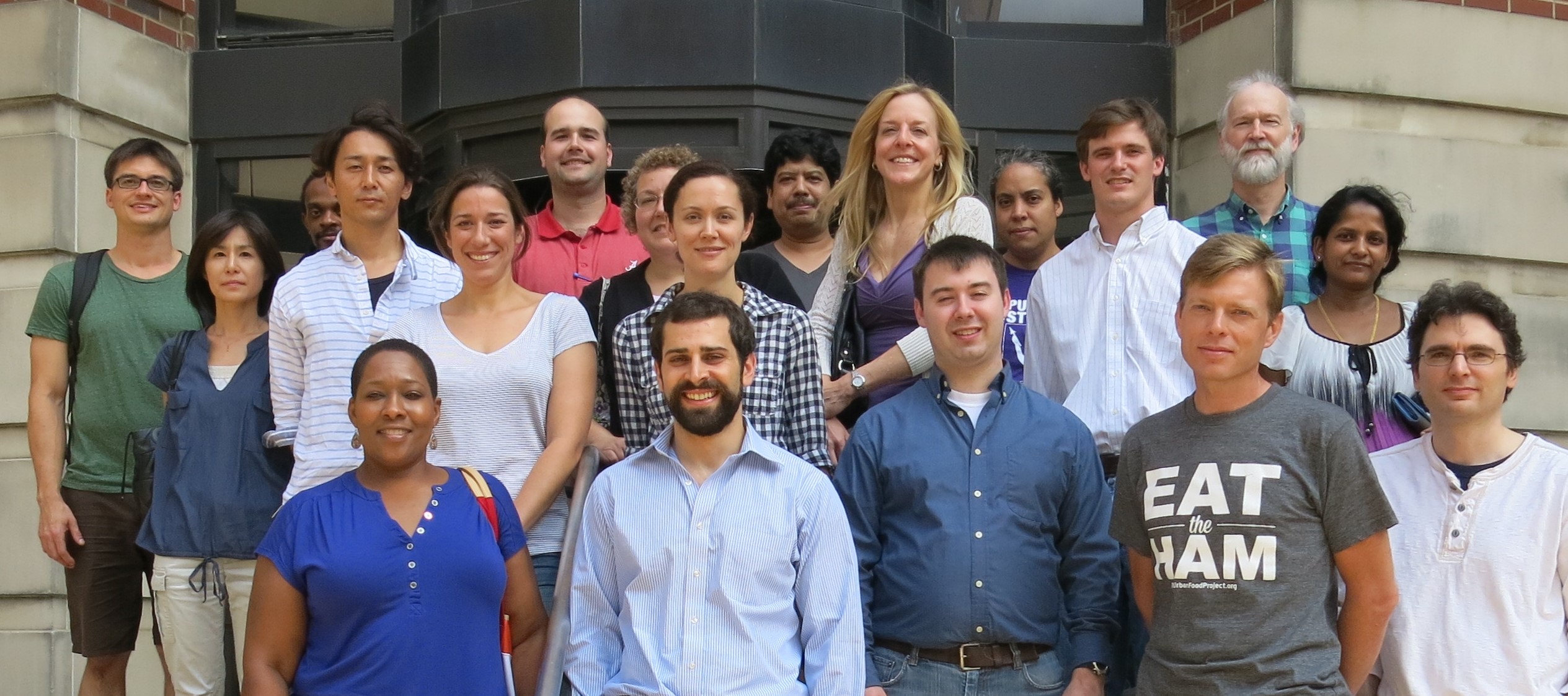
National Recognition
With Weaver’s induction as a member of the NAS he joins a group of esteemed scientists. The National Academy of Sciences — sometimes called the science hall of fame — has 2,512 U.S. and 517 international members. The membership includes about 190 Nobel laureates.
Weaver says Marc Jenkins, fellow immunology expert who he talked to all those years ago at a conference about CD4 T cells, was the first to call and congratulate him on the success. Jenkins was inducted into the NAS in 2020.
Weaver was among 120 new members and 30 international members invited to the National Academy this year. The nonprofit National Academy of Sciences members provide independent, objective counsel to the nation on matters related to science and technology.
“UAB is incredibly lucky to have an immunologist of Casey’s caliber, and we are proud to call him a colleague here in our department,” says George Netto, M.D., Robert and Ruth Anderson Endowed Chair, UAB Pathology. “Casey continues to conduct scientific research at the highest level, all the while mentoring and training new scientists in the field.”
Weaver and other new members will be inducted to into the National Academy at its 159th annual meeting in May 2023, in Washington, D.C. Members are nominated by their peers in recognition of distinguished, outstanding and ongoing achievements in original research, as well as contributions to scientific and technological progress.
“I was never intimidated by barriers to answering a question,” he says. “As a scientist, you don’t ever want to be in the situation where you can’t answer the question because of conceptual or technical limitations. If you need a new tool, you create it."
As he envisioned early on in his medical training, "the most efficient way I can impact people's lives is through science."
He still is.